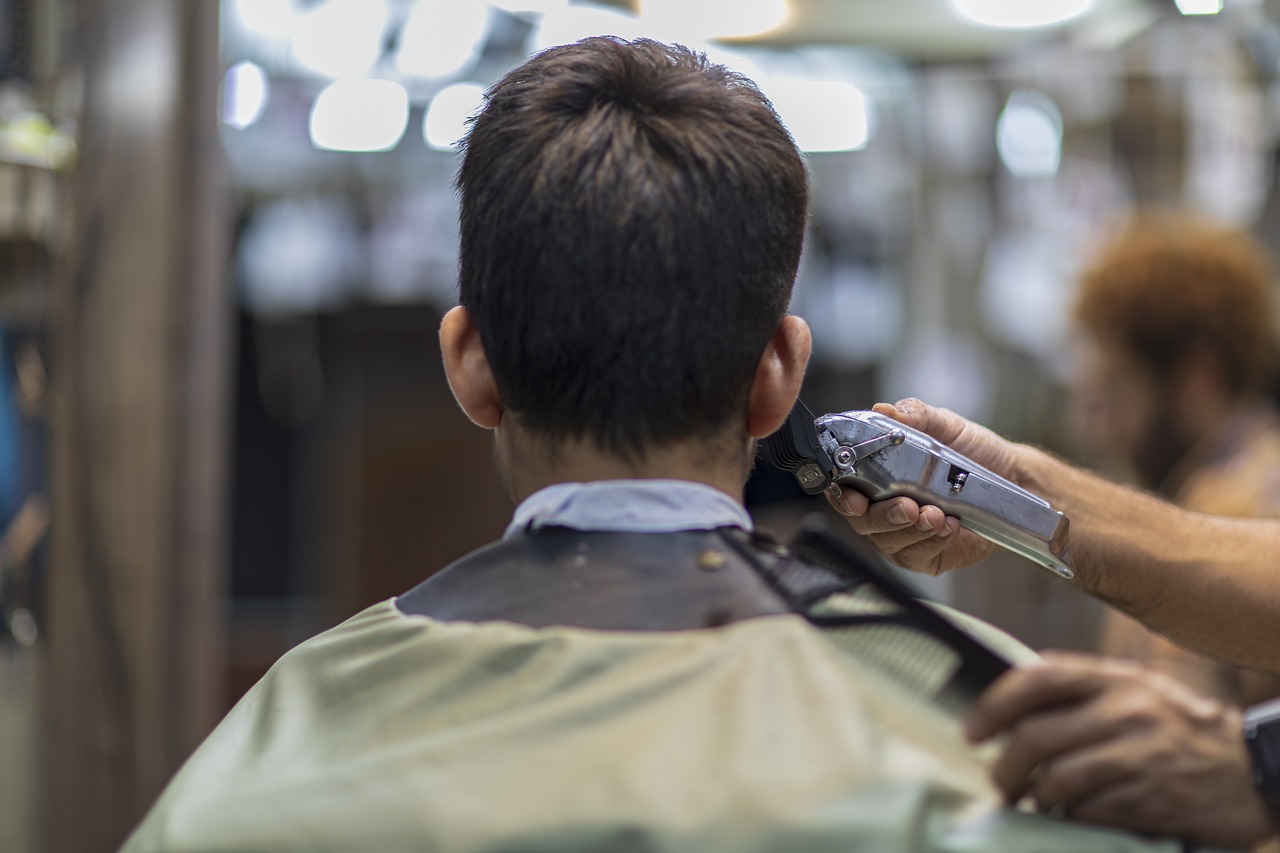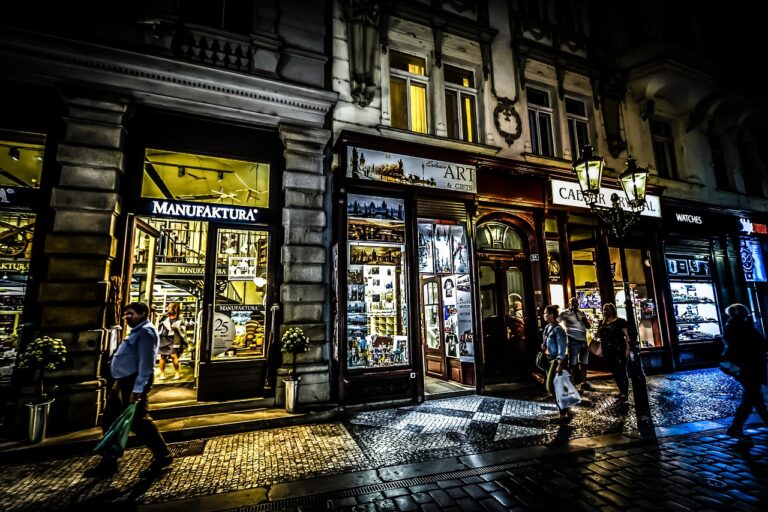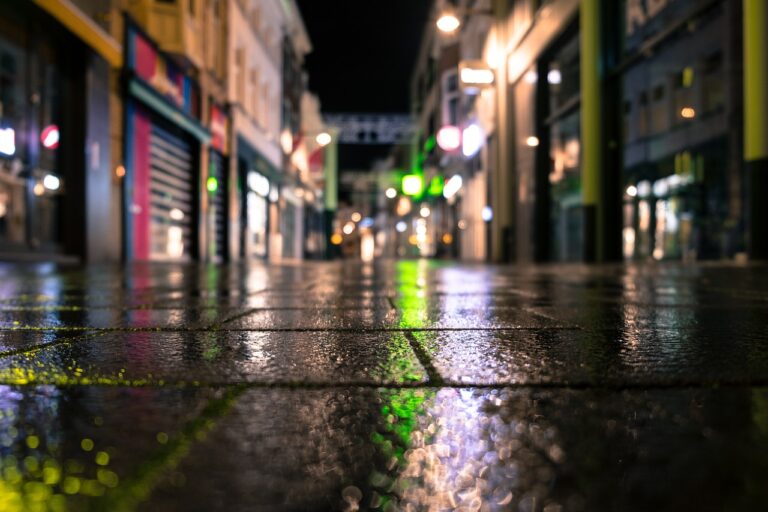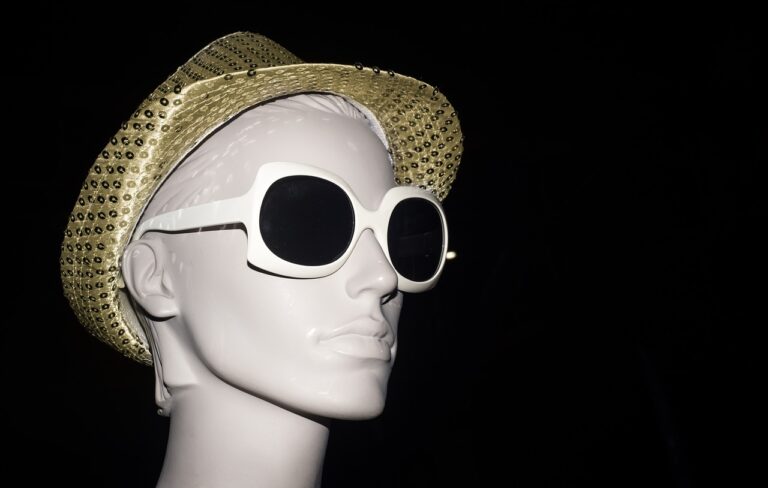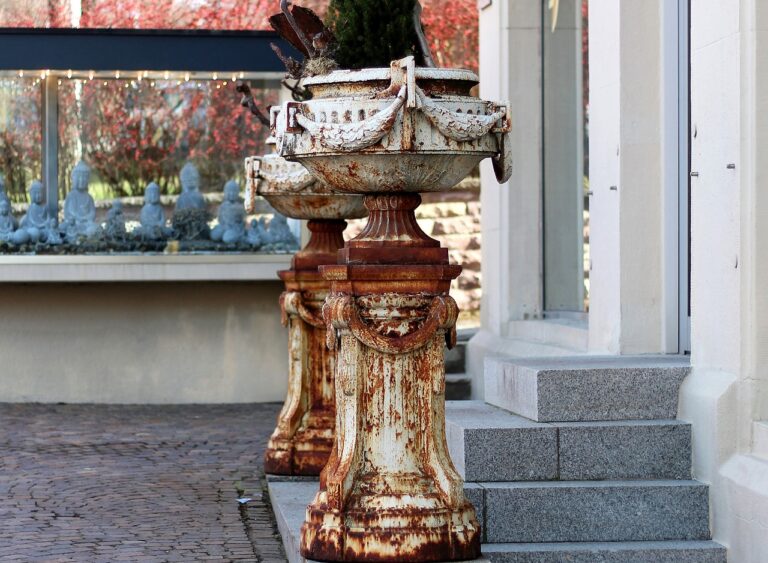The Psychology of Retail Environments: How Store Design Affects Shopping Behavior
When it comes to shopping in retail environments, several factors play a significant role in shaping consumers’ behavior. One crucial aspect is the store layout, which can influence how customers navigate the store, locate products, and make purchasing decisions. A well-organized and easy-to-navigate layout can enhance the overall shopping experience, leading to increased sales and customer satisfaction.
In addition to store layout, factors such as product placement, pricing, and promotion strategies also impact consumer behavior. For instance, strategic placement of high-demand items at eye level or near the entrance can attract shoppers’ attention and encourage impulse purchases. Likewise, offering discounts or promotions on popular products can motivate customers to make purchase decisions they might not have otherwise considered. By understanding and leveraging these various factors, retailers can effectively shape consumer behavior and drive sales in their stores.
Impact of store layout on shopping habits
Store layout plays a crucial role in influencing consumer behavior and shopping habits. The way a store is organized, including the placement of aisles, product displays, and signage, can significantly impact how customers navigate and interact with the merchandise. A well-thought-out store layout can enhance the overall shopping experience, encouraging customers to explore different sections of the store and potentially increasing their likelihood of making a purchase.
By strategically arranging products and creating clear pathways through the store, retailers can guide customers through the shopping journey and influence their purchasing decisions. For example, placing high-margin items at eye level or near checkout counters can increase their visibility and appeal to customers, potentially leading to impulse buys. Additionally, creating designated areas for promotions or featured products can attract customers’ attention and drive sales. A thoughtful store layout not only improves the shopping experience for customers but also maximizes sales opportunities for retailers.
The role of lighting in influencing purchasing decisions
Effective lighting in retail environments plays a crucial role in influencing consumers’ purchasing decisions. The brightness, color temperature, and positioning of lighting fixtures can impact the overall shopping experience and directly affect buying behavior. Bright and properly positioned lights can draw attention to specific products, create a welcoming atmosphere, and highlight key areas within the store.
Moreover, the type of lighting used can evoke specific emotions and influence customers’ perceptions of products and brands. Warm lighting can create a cozy and inviting ambiance, while cool lighting can convey a modern and sleek image. By strategically using lighting techniques, retailers can enhance the visual appeal of merchandise, showcase product features, and ultimately encourage customers to make more purchases.
How does lighting affect consumer behavior in retail environments?
Lighting can greatly influence a shopper’s mood, perception of products, and overall shopping experience. Bright lighting can create a sense of excitement and urgency, while softer lighting can create a more relaxed and inviting atmosphere.
What factors should retailers consider when choosing lighting for their stores?
Retailers should consider the type of products they sell, their target demographic, and the desired ambiance they want to create. It’s important to strike a balance between functionality and aesthetics when choosing lighting for a retail space.
Can the layout of a store impact a shopper’s decision to make a purchase?
Yes, the layout of a store can significantly impact a shopper’s decision-making process. A well-designed store layout can guide customers through the space, highlight key products, and encourage browsing and impulse purchases.
How can retailers use lighting strategically to influence purchasing decisions?
Retailers can use lighting to draw attention to specific products or displays, create focal points within the store, and enhance the overall atmosphere. By strategically placing lighting fixtures and adjusting the intensity and color of light, retailers can guide customers towards making a purchase.
Are there any studies that support the impact of lighting on purchasing decisions?
Yes, there have been numerous studies that demonstrate the link between lighting and consumer behavior in retail environments. Research has shown that well-designed lighting can increase sales, improve customer satisfaction, and enhance the overall shopping experience.

